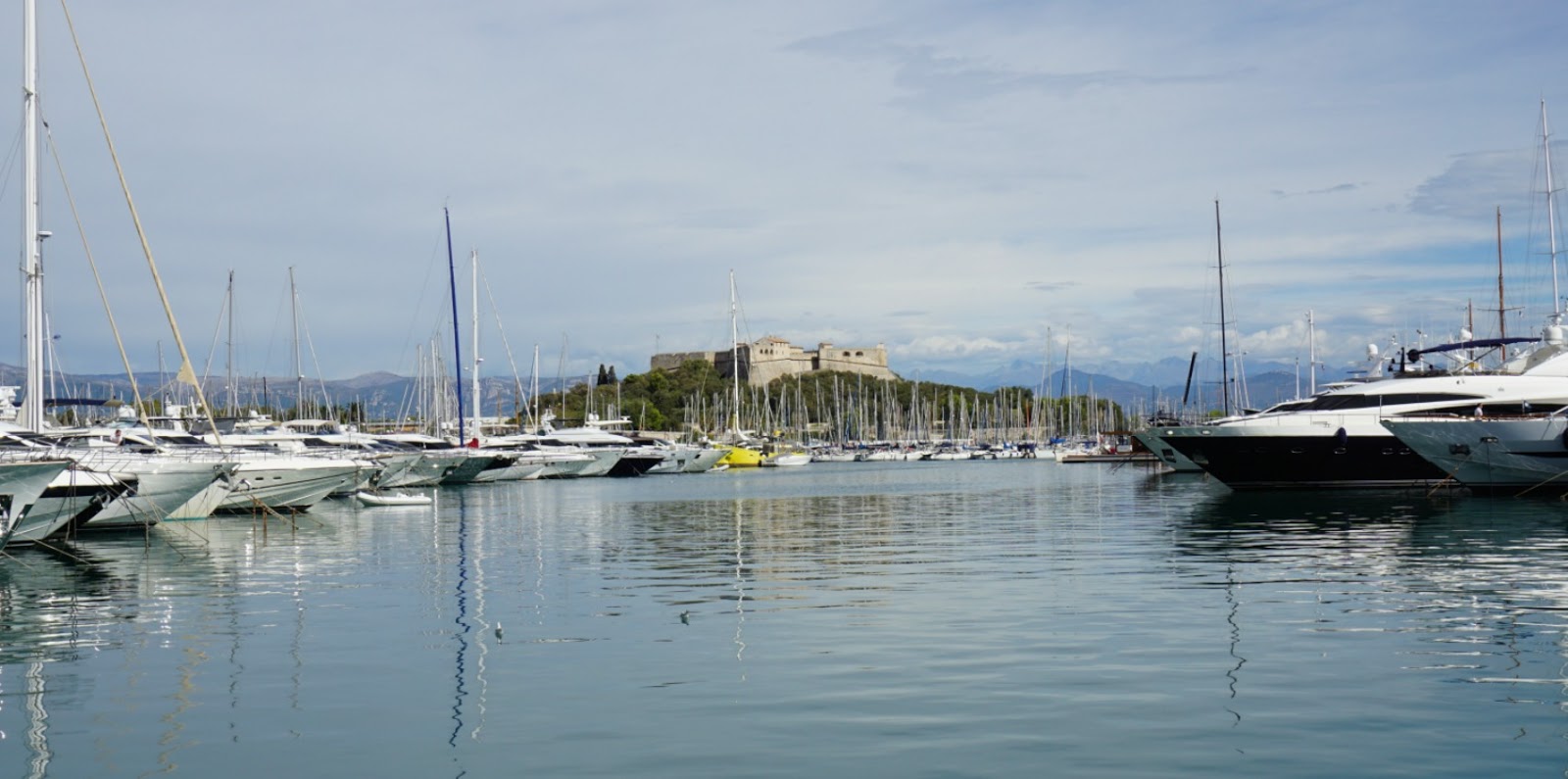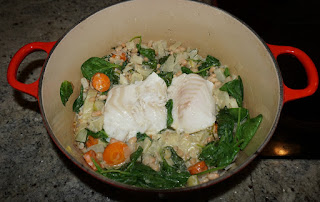Pasta bowl recipe

Bowls are cool! It seems that nowadays more and more dishes are served in bowls: salad, soup, risotto, pasta, breakfast porridge and muesli and so on.
The following pasta bowl recipe makes a quick, tasty and carefree lunch. Don’t worry about the amount of olive oil in the recipe; as ricotta has only 11 % fat you can be a bit more liberal with heart healthy olive oil. The recipe is just as good with smoked salmon instead of Parma ham.
2 servings
2 handfuls of baby salad leaves; baby spinach, rocket, mache or mesclun
4 full tbsp. ricotta
100 g Parma ham or smoked salmon, cut into fine strips
4 tbsp. olive oil
4 tbsp. parmesan
2 tbsp. pine nuts
Freshly ground black pepper
Whole wheat pasta for 2 servings
Cook the pasta al dente.
Meanwhile grate the parmesan and cut the Parma ham or smoke salmon into strips.
In a large bowl carelessly mix the ricotta, Parma ham or smoked salmon strips, 2 tbsp. olive oil and some black pepper. Place the baby salad leaves in 2 individual bowls.
When the pasta is cooked, drain the water and add the pasta into the large bowl. Add the grated parmesan into the bowl and mix carelessly. Divide the mixture on top of the baby salad leaves in bowls. Sprinkle each bowl with 1 tbsp. pine nuts and 1 tbsp. olive oil.


























0 comments:
Note: only a member of this blog may post a comment.